Plumbing Priorities Before You Leave for Vacation
Sometimes you just need a break. Time to get away and gain some peace, refresh your mind and spirit or reconnect with friends as family is a great way to take care of you. If you are a homeowner and you leave home for a period of time it can cause some anxiety. However, there are a number of things you can do to make sure your home is safe and secure while you are away. One of the many systems you should prep for your vacation is your plumbing system. There are a number of things you can do to minimize any plumbing emergencies while you are enjoying your vacation. If you've ever wondered about your water heater shut off valve, keep reading.
Turn it off.
One of the easiest things you can do is shut off the water supply to your home or at least the turn off the supply lines to your faucets and toilets. Water line leaks and busted pipes can happen any time of year with a higher chance of them occurring in the winter months. You can avoid these issues by simply turning off the main water line coming into your property. Make sure you understand the other systems in your home. If you have a sprinkler system, a pool, or a hvac system that requires a water supply, shutting off the main water is not a good idea. In these cases, you only want to shut off the water lines at each individual sink or toilet in your home.
Wrap it up.
If you are traveling in the winter months, you may want to consider winterizing your pipes. Especially if you routinely set lower temperatures on your thermostat when you are not in the home for an extended period of time. If the external temperature drops significantly while you are away, and the interior temperature is cooler because of your away thermostat settings, your pipes could burst. When water freezes, it expands. And this expansion will force your pipes to burst because the water/ice has nowhere else to go. Wrapping your pipes before you leave is a relatively easy step can help your pipes from freezing while you are away. This is also probably something you should do to prep your home for the winter anyway.
No hot water.
Who needs hot water if no one is there, right? An excellent vacation prep tip — as long as there is no risk of your water lines freezing — is to turn off your hot water heater. Depending on your model you should have a hot water heater shut off valve on or near your unit. Some units even have a vacation setting that you can activate on the temperature dial. If you are not familiar with how to turn off water heaters make sure you consult the manual or call a professional for guidance or assistance.
Test the pump.
If your home is equipped with a sump pump, you want to make sure it is fully operational before you take an extended trip. The purpose of the sump pump is to protect your home from water intrusions so it is critical that they are operating properly. As the water collects, the pump will drain the area to prevent the water from accumulating in your home and causing more property damage and health issues for your family. As a result, it is critical that confirm that your sump pump is operating properly before you take an extended vacation.
Call a friend.
Depending on the length of your vacation you may want to have a friend or family member periodically check on your home. Give them access and have them check the yard, laundry room, all faucets and toilets, hvac systems, sump pump and hot water heater area. Having someone do a physical inspection of these spaces while you are away can provide some added peace of mind that everything is inside your home. And while they are there, they can empty the mailbox, too.
Where Can I Get Help?
If you have more specific questions about any of these tips, a certified professional can help assess and evaluate your home. A member of our professional team at Gainesville Mechanical can help you design a vacation check-list to make sure you properly secure your plumbing and hvac systems in the home before you leave for vacation.
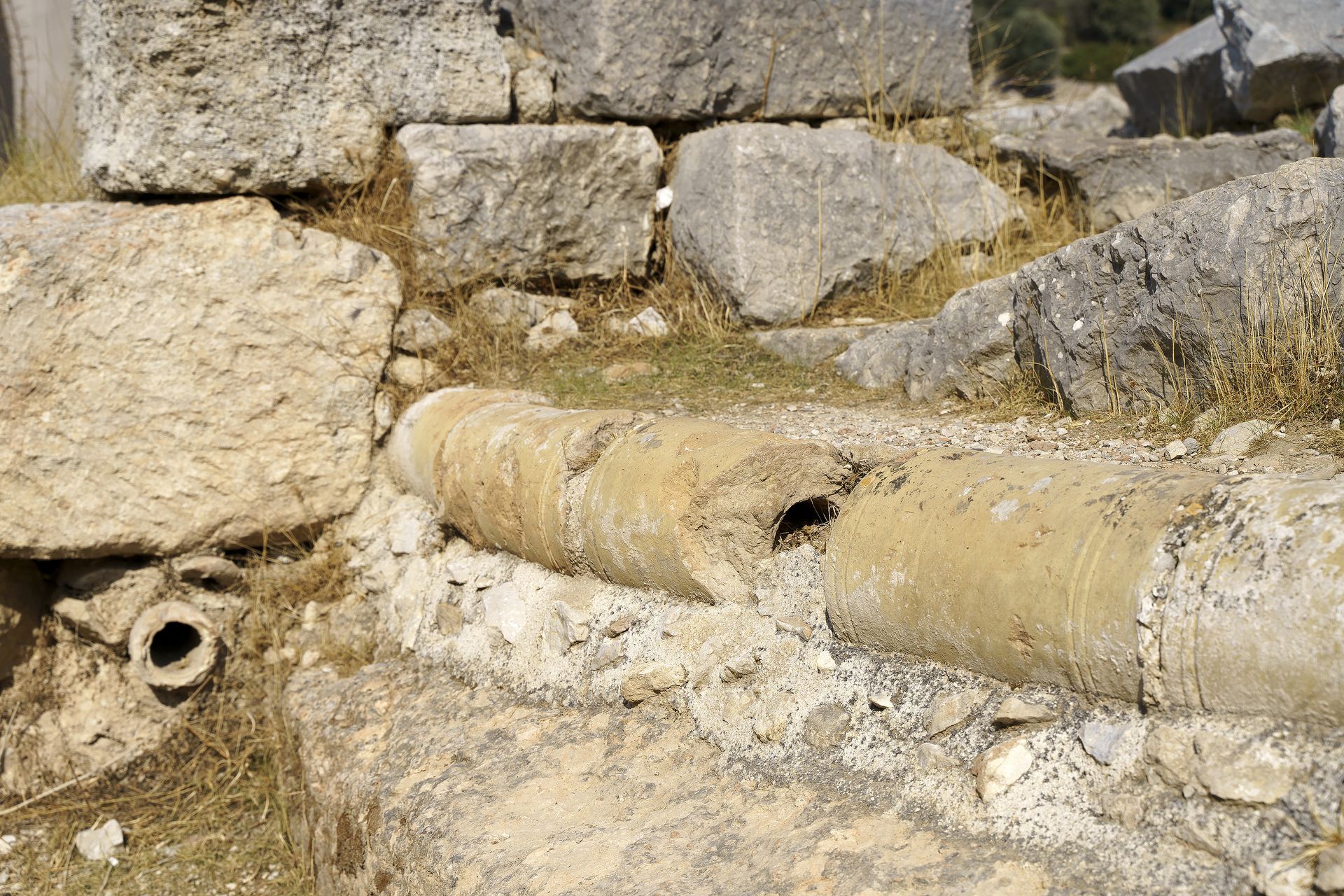
Servicing the Southeast
and Surrounding Areas
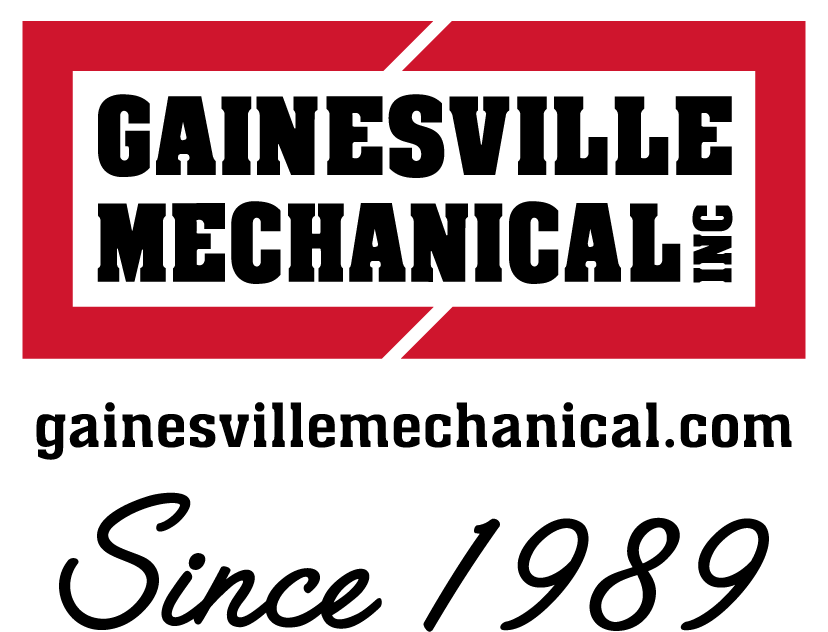


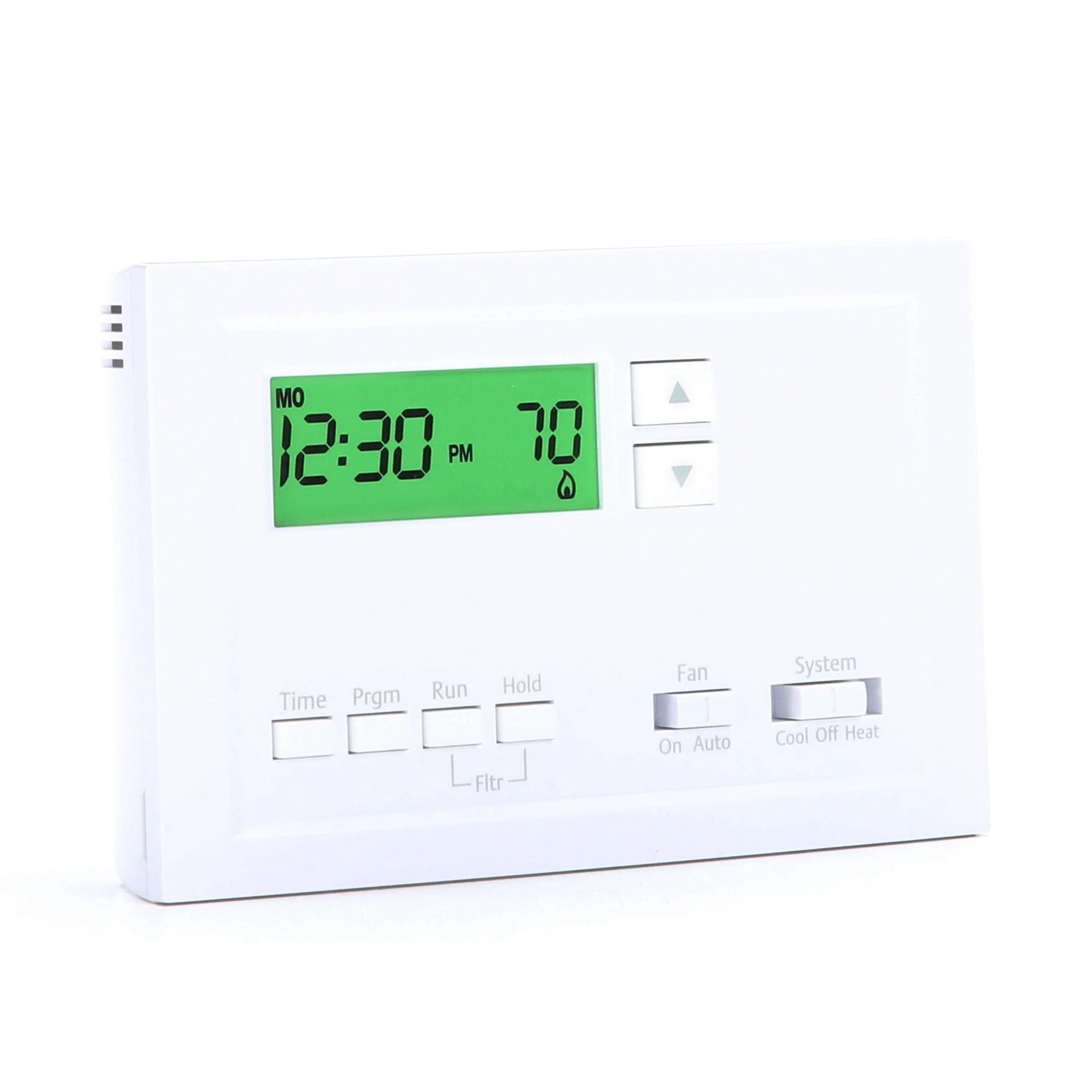



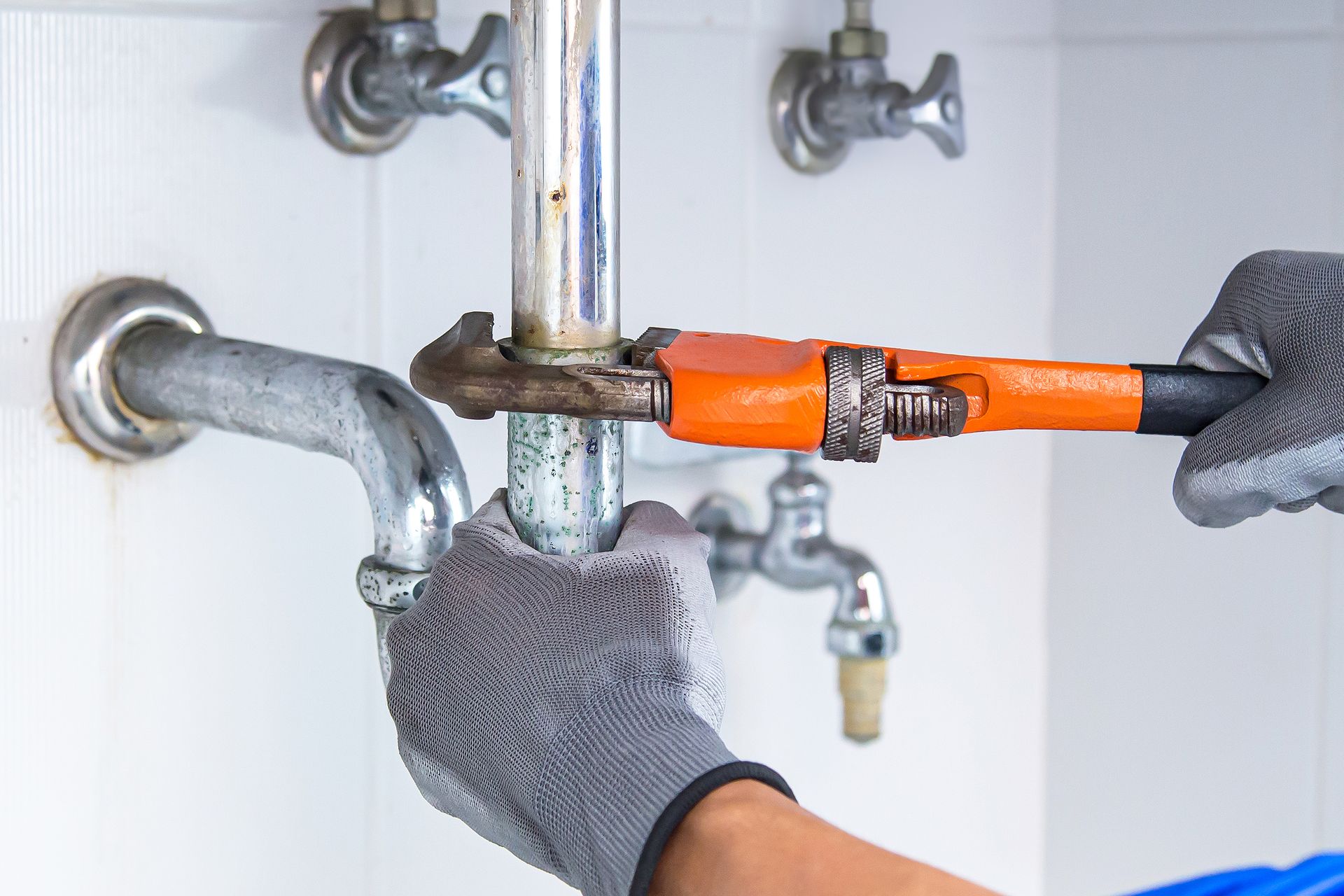
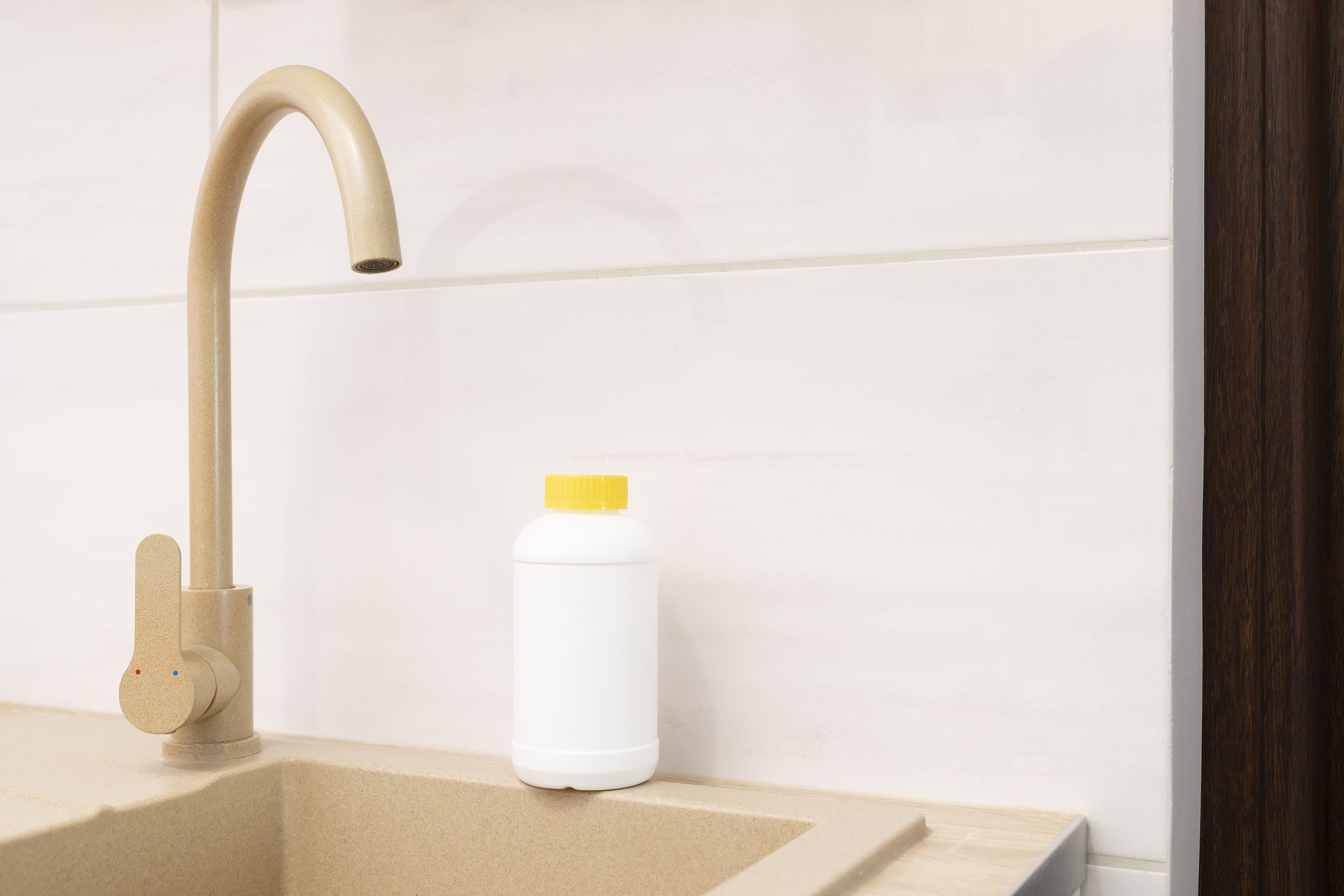
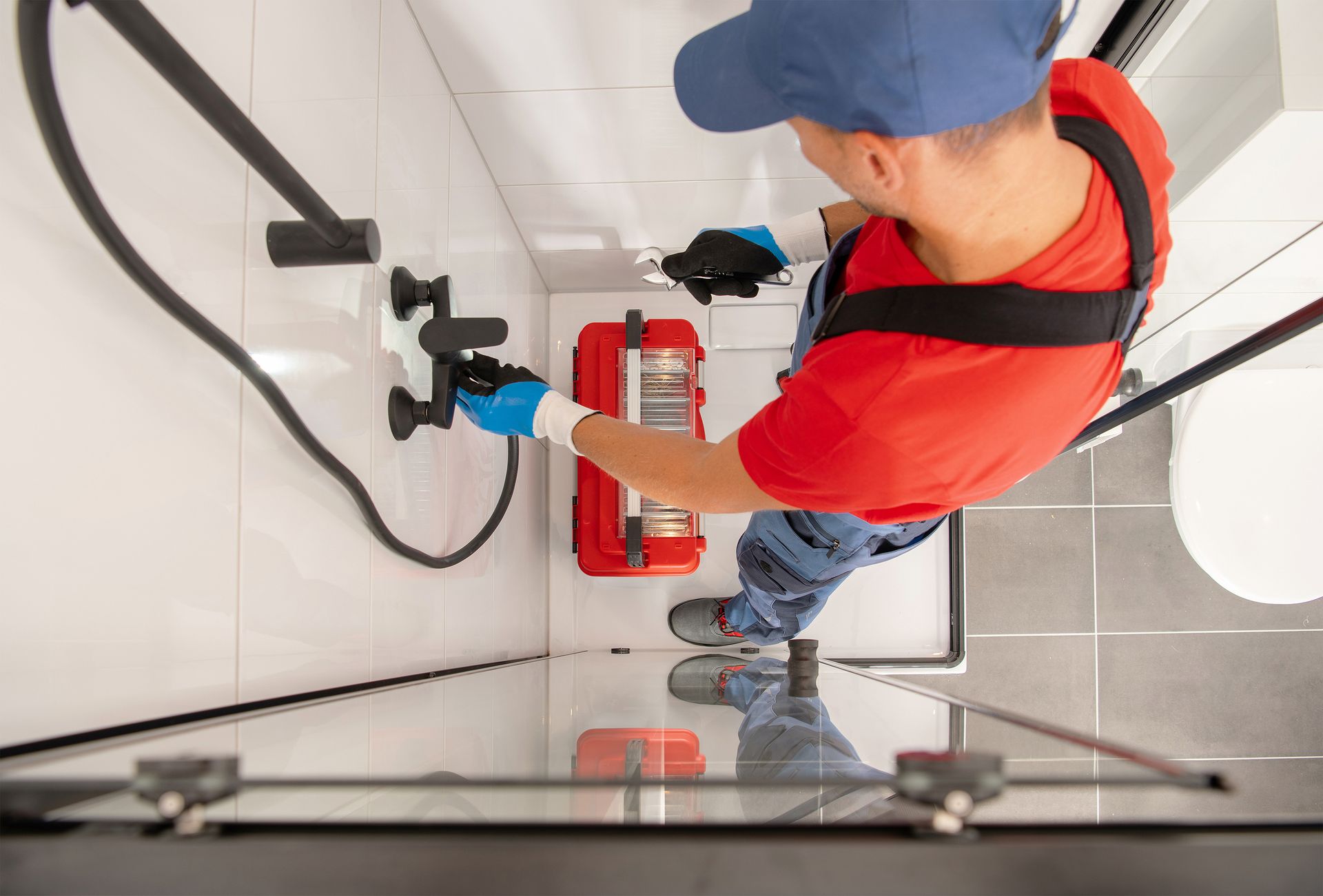
Share On: